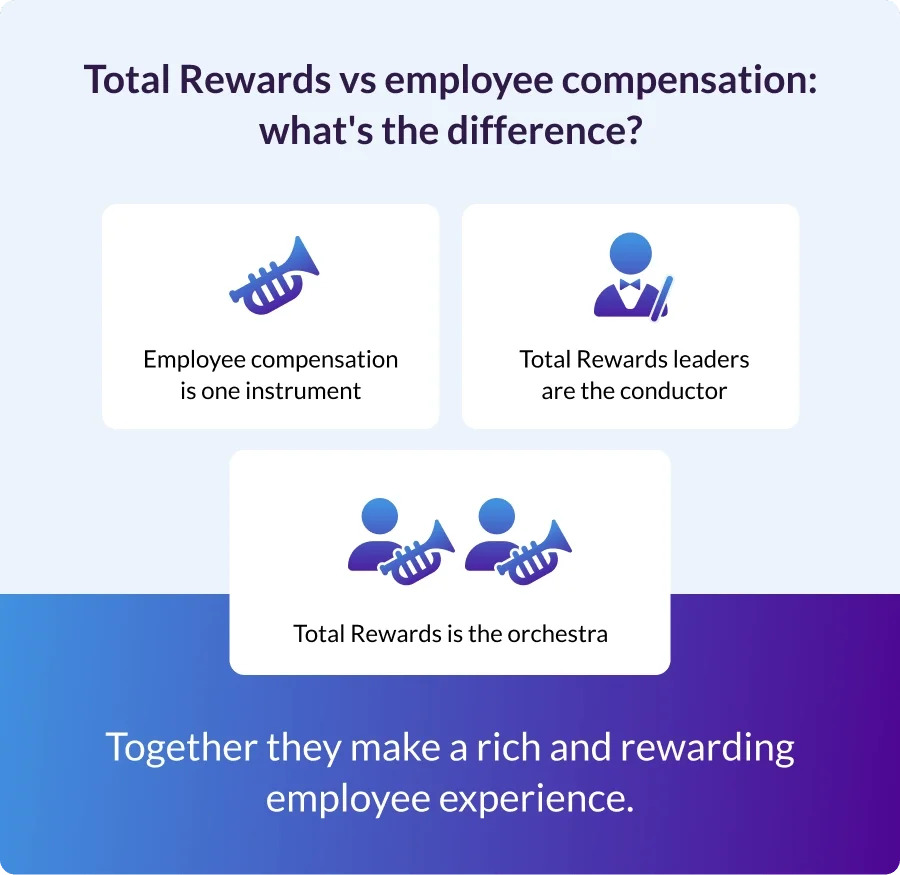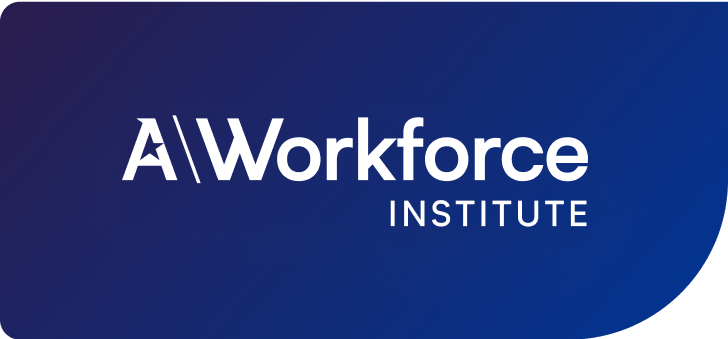R&R RO-why: Driving business results with employee recognition
Updated on May 29, 2024

This resource is brought to you by:
Topics Covered:
Rewards and recognition
Recognition should boost engagement, productivity, and retention — but if you can’t prove it’s working, it’s just another expense. So why do only 40% of Total Rewards leaders say their R&R investments are delivering business results?
The key to rewards and recognition ROI isn’t just spending more — it’s knowing how to measure impact and tie recognition to business goals like profitability, cost control, and growth.
Ready to fine-tune your approach? Let’s dive in.
Total Rewards vs. employee compensation
Total Rewards is like an orchestra, and compensation is just one instrument. While compensation is crucial, a strong total rewards strategy goes beyond pay to include benefits, recognition, and development opportunities — creating a more engaging, motivating experience for employees.

Why are rewards and recognition ROI still out of reach for HR leaders?
Why can’t two-thirds of HR leaders prove the business value of their recognition programs? A lack of visibility, narrow focus, and one-size-fits-all strategies are often to blame.
Without an online recognition solution, it’s tough to track spend, frequency, and impact. Our recognition and rewards ROI guide reveals how to overcome these challenges by building an R&R program that drives measurable results.
Unlock the power of recognition to drive real business results
Ready to transform your recognition program into a strategic business driver? R&R RO-Why? Connecting the dots between recognition and business results reveals the insights you need to tackle common challenges and show how recognition directly impacts engagement, performance, and growth.
Don’t wait — download now and start transforming recognition into business results.

Join our mailing list
Stay up to date with the latest in workforce science from Achievers Workforce Institute.
